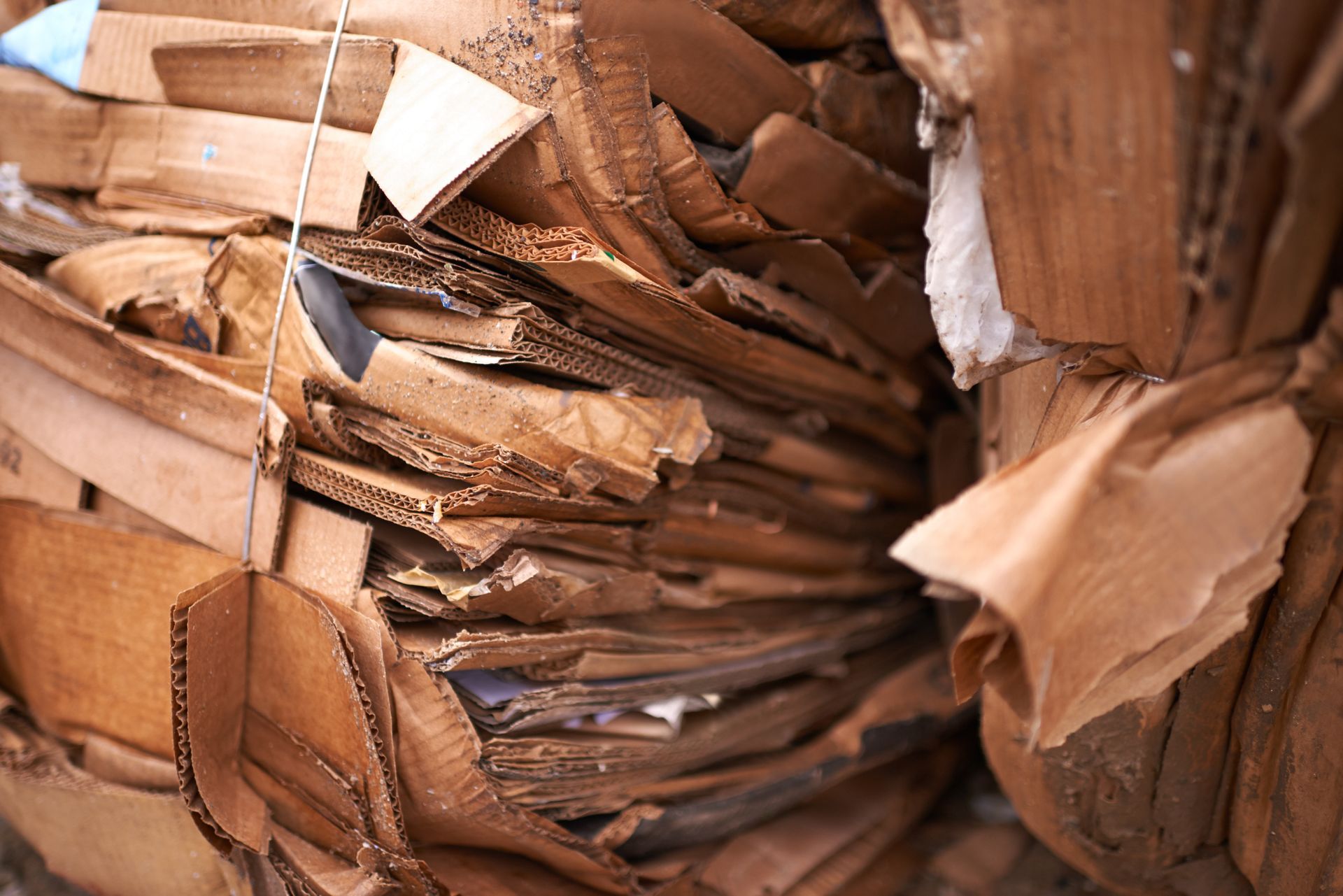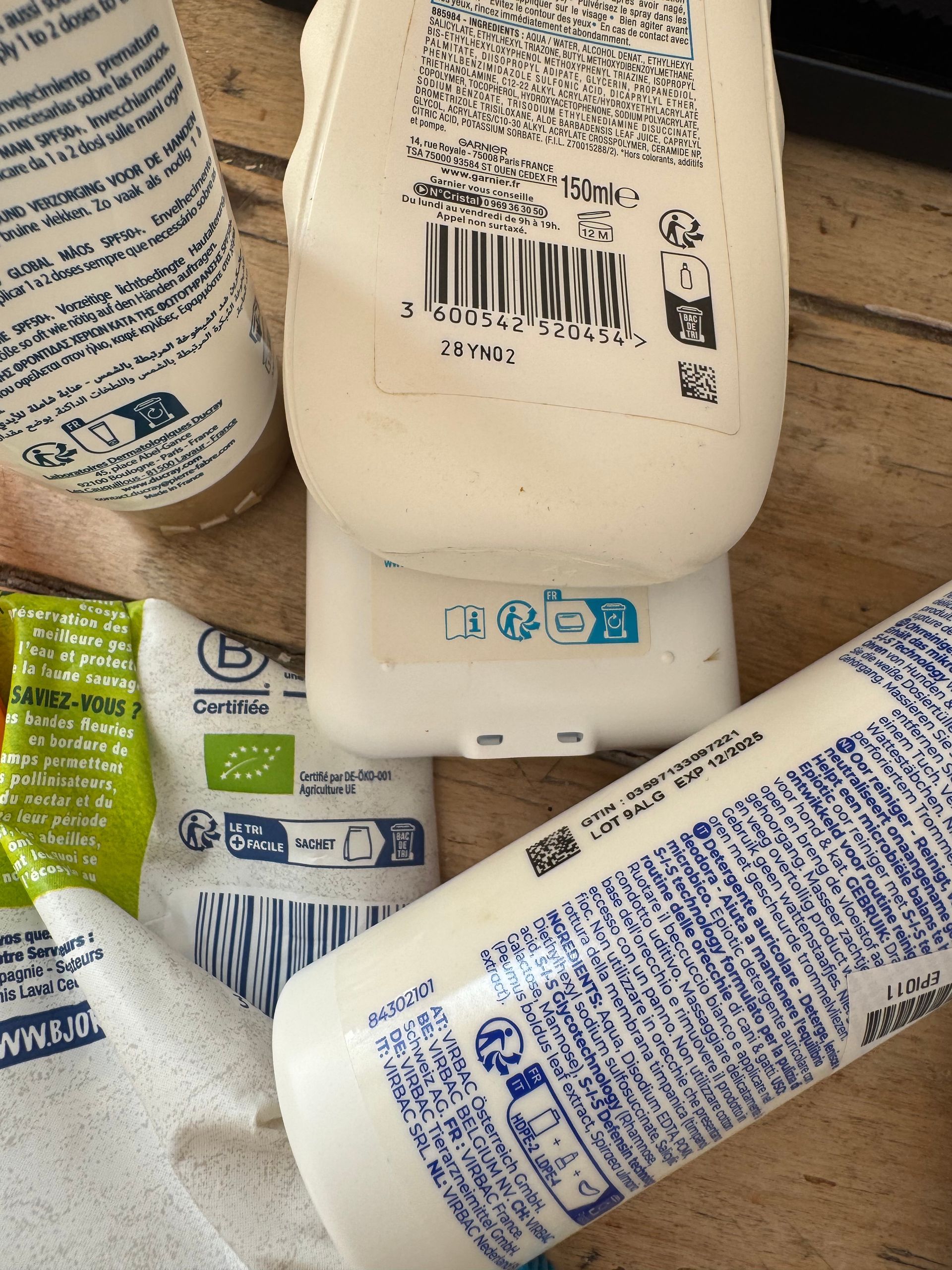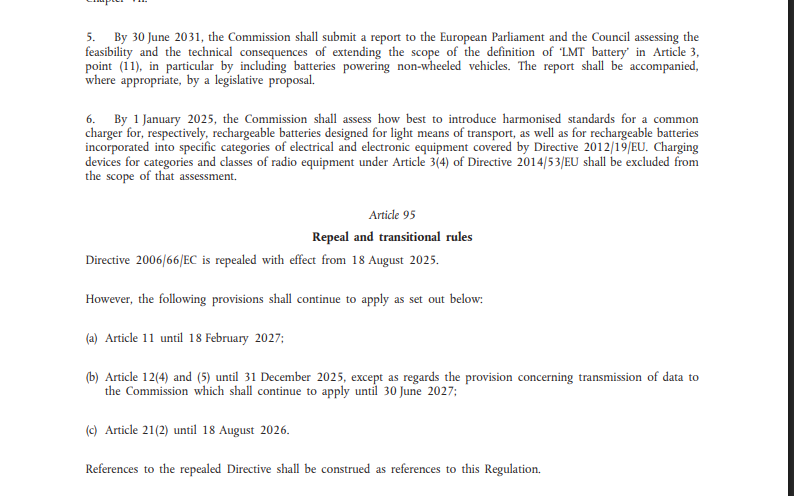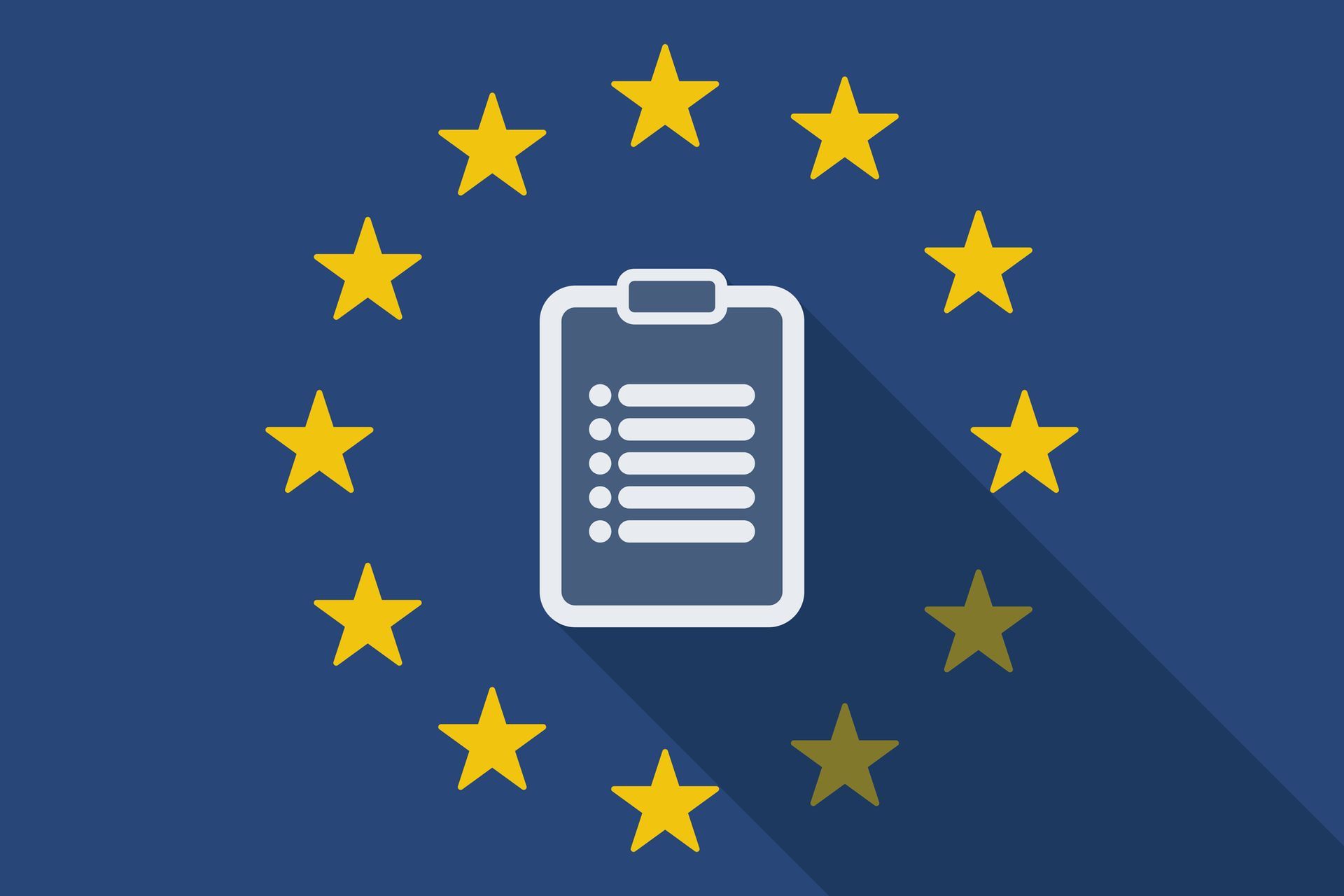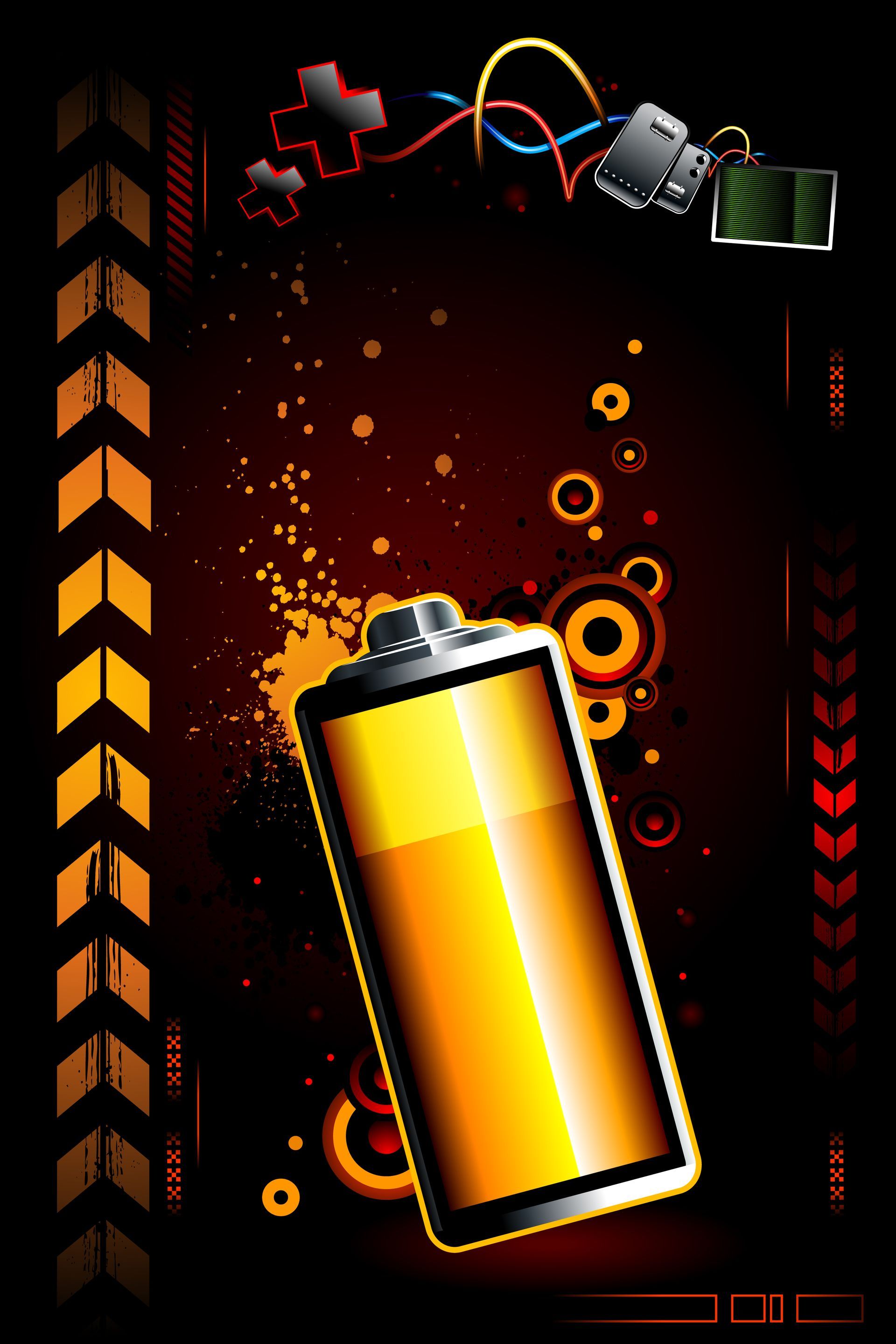Growing Demands on Classification in the Secondary IT Market: Compliance Challenges for ITAD Providers and OEMs
envenance on compliance.
The Secondary IT Market – A Growth Engine With Legal Risks
The secondary market for used IT equipment has been growing steadily for decades. Now more than ever, companies are under pressure to operate more sustainably while also cutting costs. The reuse and remarketing of decommissioned IT assets offers significant economic and environmental potential, particularly as more and larger data centers are being built across Europe (Bloomberg, 2025)
Specialized service providers – known as ITAD (IT Asset Disposition) companies – typically handle the de-installation, logistics, testing, data erasure, resale, or recycling of such devices. However, these companies, as well as their clients (who are often the manufacturers or producers under Article 3 of the WEEE Directive 2012/19/EU), are increasingly subject to more rigorous compliance expectations.
A New Regulatory Phase: A revised EU Waste Shipment Regulation
On the 20th May 2024, the new EU Waste Shipment Regulation came into force. Its purpose is to prevent the illegal export of waste from the EU and to increase the traceability and control of waste flows within and beyond the Union. It also seeks to promote recycling and reuse by simplifying compliant transport procedures.
“(...) The new Regulation particularly aims to prevent illegal shipment of waste both within the EU and from the EU to third countries. Furthermore, the Regulation targets to increase traceability of waste shipments within the EU and to further facilitation of recycling and re-use.” (EU Commission)
These legal changes are highly relevant for all players in the IT lifecycle – particularly for:
- ITAD providers handling the physical disposition of assets, and
- manufacturers/exporters of electronic equipment, who often remain legally responsible under waste and WEEE legislation.
The Waste Status: Often Misunderstood, Always Critical
A key challenge: Is a decommissioned IT asset still an equipment – or has it already become waste? Many providers underestimate how the intent to discard ("Entledigungswille") can define the legal status of a device.
Common Misconceptions:
- "The customer just wants to stop using the devices – not throw them away."
- "Only broken devices are considered waste."
- "Export for reuse is always legal."
- "Resale turns waste back into a product."
- "We'll document the classification later."
Under Article 3 No. 1 of the EU Waste Framework Directive, a device is waste if its holder discards it, intends to discard it, or is required to discard it. This makes documented reuse intent essential. In practice, authorities often presume waste status unless proven otherwise. To be noted: The burden of proof lies with the exporter or handler.
Compliance Risks and Shared Responsibility
Correct classification is not only a matter for the ITAD provider – it also involves the equipment owner or the producer according to Article 3 of the WEEE-Directive 2012/19/EU, especially when they initiate the asset removal process. If the waste status is misclassified:
- transport and export may become illegal,
- authorities may impose heavy fines, and
- both the ITAD provider and the client company can be held liable.
Within the EU, waste shipments are subject to tiered rules:
- for disposal or hazardous waste for recovery: prior formal notification to all relevant national authorities is mandatory.
- For non-hazardous “green-listed” waste within the EU/OECD: general formal information requirements apply upfront and documentation must be available before and during shipment.
- From 1 January 2025: e-waste exports are prohibited to non-OECD countries, and only allowed to OECD countries under prior informed consent procedures.
These rules implement updates from the Basel Convention, where hazardous e-waste is now classified as A1181 and non-hazardous as Y49.
Enforcement: From Soft Guidance to Hard Controls
From May 2027 onward, EU enforcement will become even stricter. Companies will need to:
- prove that exported waste is properly treated at the destination facility.
- commission independent audits of such facilities to verify environmentally sound practices.
Inspections across Member States are being coordinated by networks such as IMPEL, increasing cross-border compliance pressure.
Strategic Takeaway: Classification Is Compliance
Correct classification and documentation of decommissioned electrical and electronic equipment is no longer optional – it's a strategic compliance priority. Both ITAD providers and their enterprise clients must align on:
- clear internal procedures for waste vs. non-waste assessment,
- evidenced reuse intent (testing, refurbishment, resale pathway), and
- robust documentation and transport tracking.
Failing to do so may not only result in legal exposure – but also damage sustainability credibility.
At envenance, we believe that compliance is a driver for trustworthy reuse. Our consultancy expertise, our order management software envialon.myenvenance.com and our international network of recycling partners can be the backbone of your compliant ITAD service. Let’s build the future of circular IT on this legally secure foundation.
Do your next ITAD project with us. Contact us.

